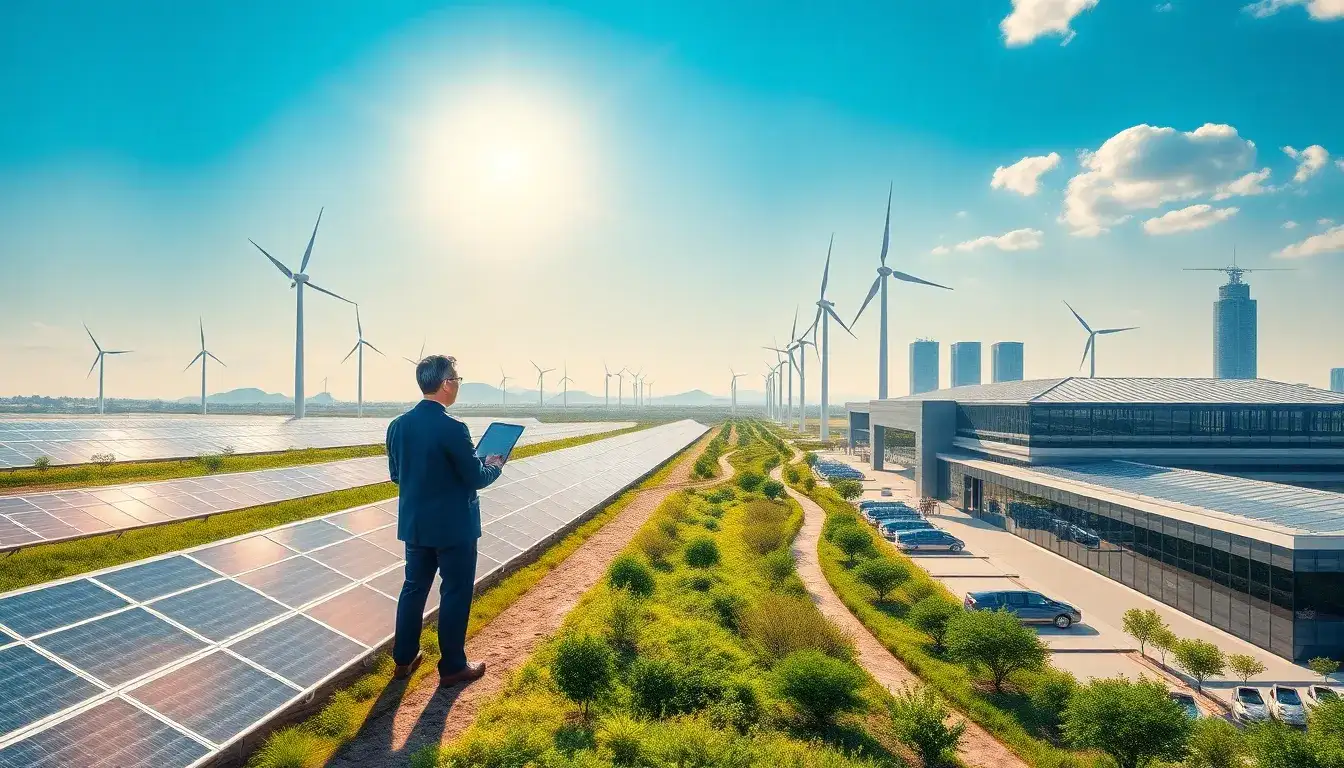
Overview of Energy Storage Technologies: This article discusses various energy storage technologies including batteries, pumped hydroelectric storage, compressed air energy storage, and others. It highlights the advancements in energy storage systems across different regions, particularly focusing on their capacity, efficiency, and integration into energy networks.
The global push towards renewable energy has led to a significant increase in the development of energy storage solutions. These technologies are vital for balancing supply and demand in electricity grids, especially with the growing share of intermittent renewable sources such as solar and wind energy.
Key Developments: In recent years, several noteworthy projects have emerged in the energy storage sector. For instance, the installation of 6GWh energy storage systems in China is expected to meet the increasing demand for energy stability and reliability.
On March 29, 2025, a major energy storage project is set to commence, featuring advanced battery systems designed to enhance grid reliability and support the integration of renewable energy sources. The project exemplifies the commitment to utilizing innovative technologies to address energy challenges.
In addition, companies like Gotion Guard are leading the way in developing intelligent energy storage systems that leverage artificial intelligence for optimized performance. These systems are designed to provide efficient energy management solutions that reduce operational costs and enhance energy security.
Regional Initiatives: Various regions, including Shandong and Guangdong, are investing heavily in energy storage projects. For example, a 100MW/200MWh storage facility in Guangdong is under construction, which will be pivotal in providing backup power during peak demand periods.
Furthermore, the Hydrogen Energy Storage project aims to establish a 150MW/600MWh capacity system designed to support the hydrogen economy. This initiative reflects the growing interest in hydrogen as a viable energy carrier, especially in conjunction with renewable energy sources.
Another significant advancement is the deployment of energy storage systems that utilize lithium-ion technology. These systems are being integrated into existing grid infrastructures, enhancing their capability to manage fluctuations in energy supply and demand effectively.
Future Trends: Looking ahead, the energy storage sector is expected to grow rapidly, driven by technological advancements and increasing regulatory support. Innovations in battery chemistry, such as solid-state batteries, are anticipated to improve energy density and reduce costs.
In conclusion, as the world transitions to greener energy solutions, energy storage technologies will play a critical role in facilitating this change. Continued investment and innovation in this field are essential to achieving a sustainable and reliable energy future.







